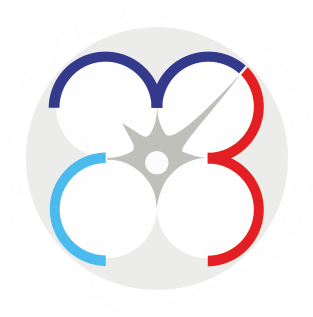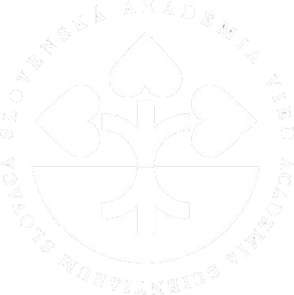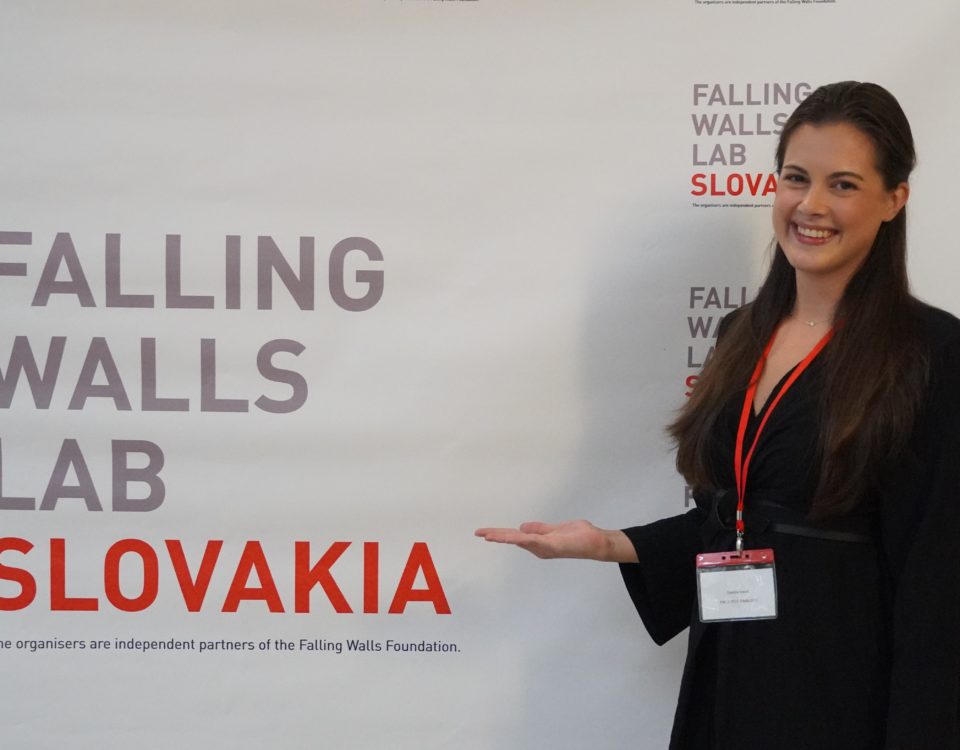This website uses cookies so that we can provide you with the best user experience possible. Cookie information is stored in your browser and performs functions such as recognising you when you return to our website and helping our team to understand which sections of the website you find most interesting and useful.
Experts from 11 countries will meet in Slovakia to discuss zoonoses and pandemic preparedness

The Biomedical Research Center of the Slovak Academy of Sciences (BMC SAS) will host top experts working on a project dedicated to zoonotic infectious diseases from May 21 to 24, 2025. Slovakia is one of only two European countries involved in the international ZOE project where field research is being conducted. The trapping of rodents, mosquitoes, and ticks in several locations around Bratislava has recently begun.
“It is a great honor for us to welcome experts in ecology, virology, and sociology from sixteen institutions, eleven countries, and two continents. In addition to a packed professional agenda, we will also showcase the unique Slovak nature and modern art,” said Dr. Boris Klempa, the principal investigator of the ZOE project at BMC SAS.
The international ZOE research consortium aims to contribute to the early identification of increased risk of zoonoses—infectious diseases transmitted by animals. The consortium is led by the German university hospital Charité Berlin.
In Bratislava and its surroundings, researchers from BMC SAS have already begun fieldwork, capturing small rodents and mosquitoes and collecting ticks in various types of environments. The aim is to investigate the presence of bacteria and viruses in these animals. The field research is planned for a duration of two years.
Recently, botanists from Germany also visited Slovakia to study plant biodiversity in the surveyed areas. One of the goals of the ZOE project is to determine how changes in land use and the decline in biodiversity impact the transmission of pathogens between animals and humans.
In addition to Slovakia, field research will also be conducted in Guatemala, Costa Rica, and Slovenia.
At the project meeting in Bratislava, which includes researchers not only from Europe but also from Mexico, Guatemala, and Costa Rica, participants will review current results, discuss ongoing challenges, and plan the next steps of the research.
As part of the meeting program, attendees will go on an excursion to the Danubiana Meulensteen Art Museum of modern art and take a trip to the floodplain areas of the Danube River, known for their rare flora and fauna.
Edited by Ela Rybárová, BMC SAS
Foto: BMC SAS








